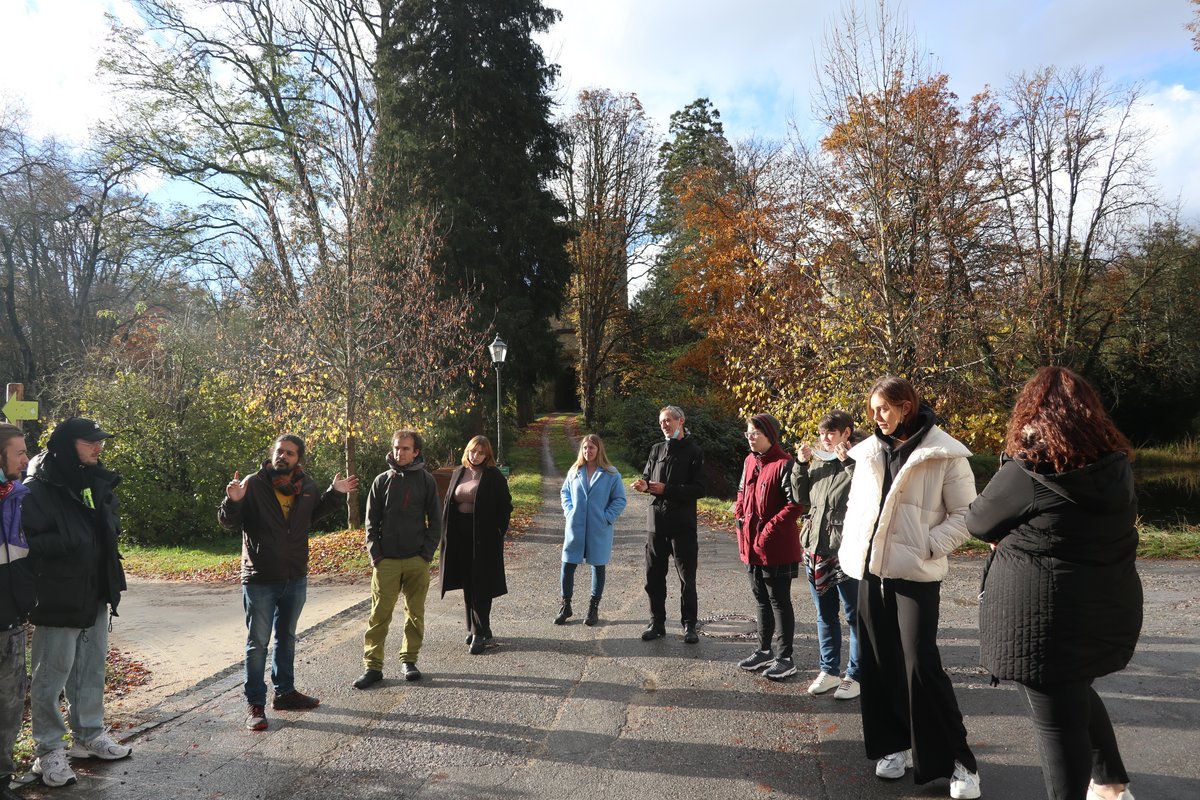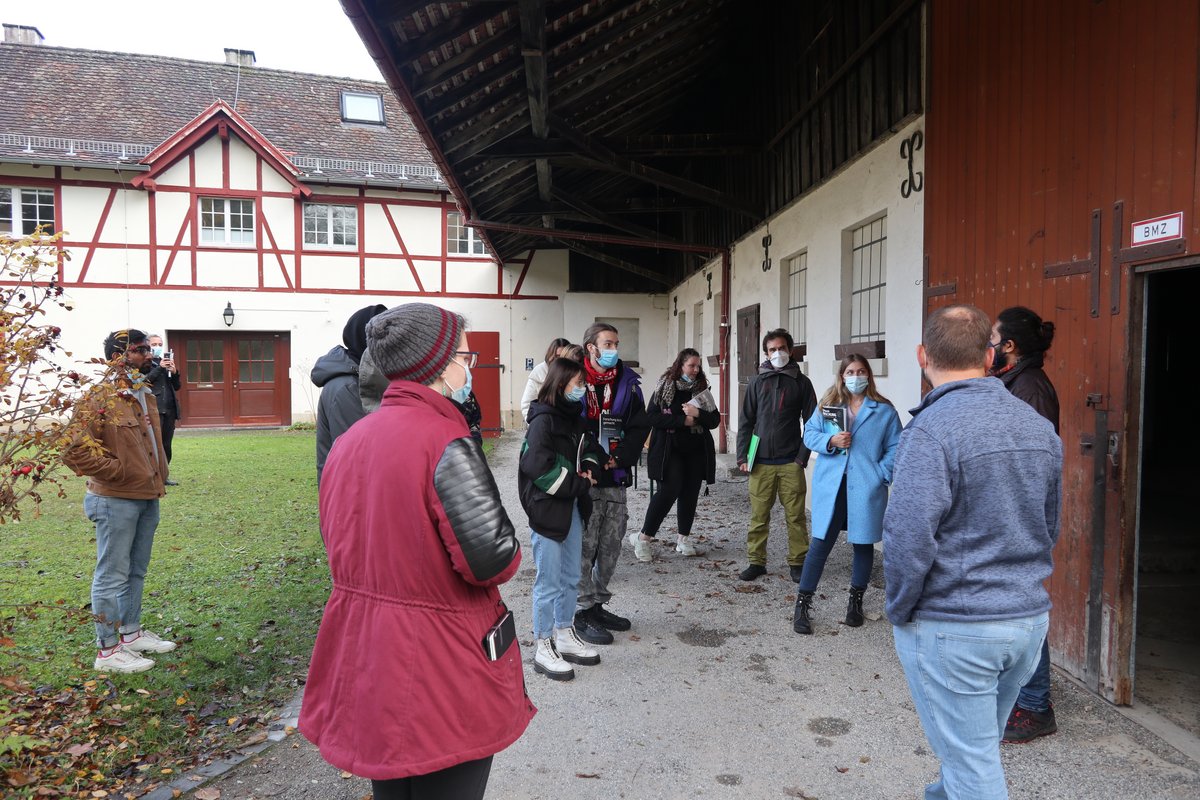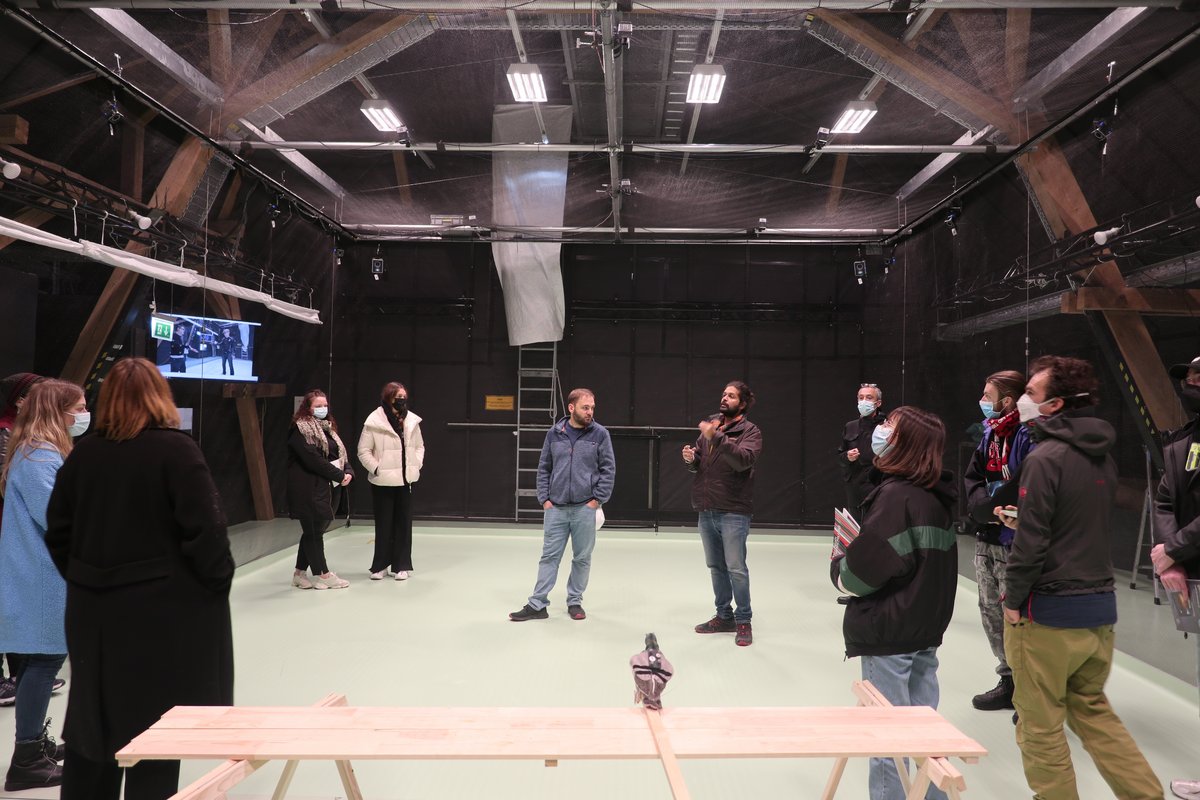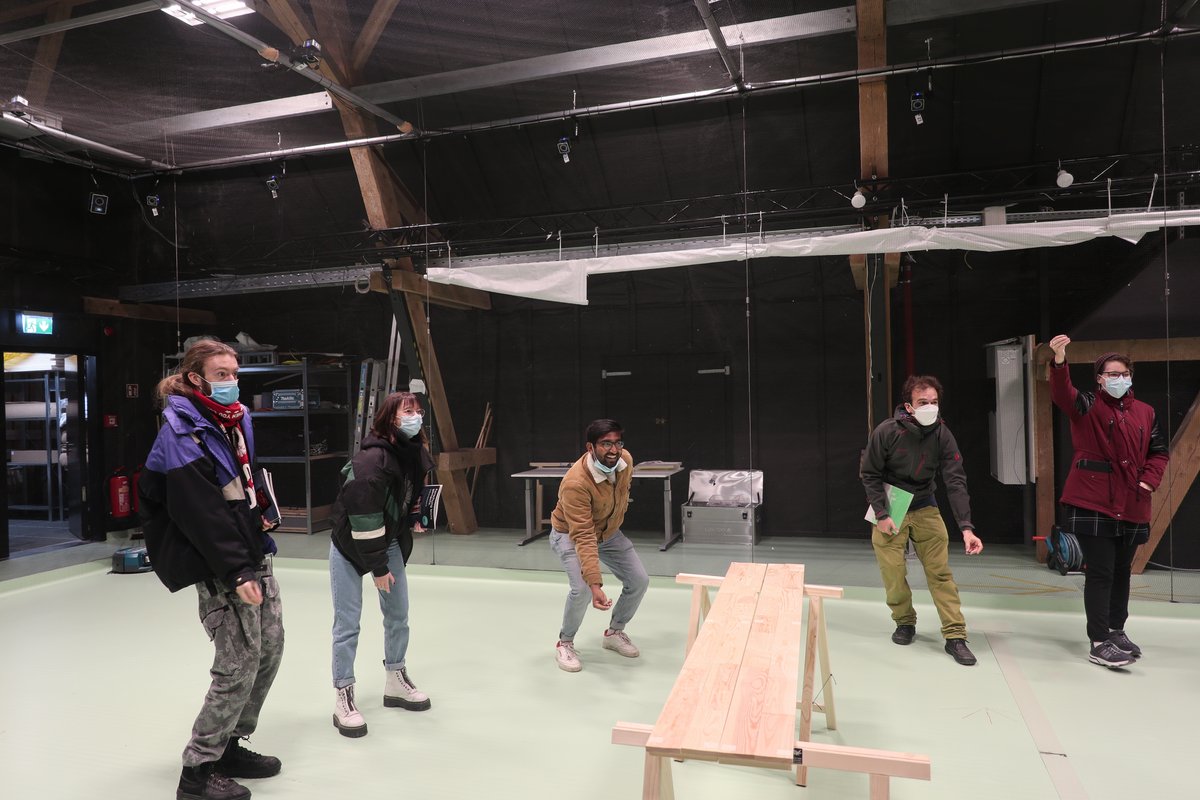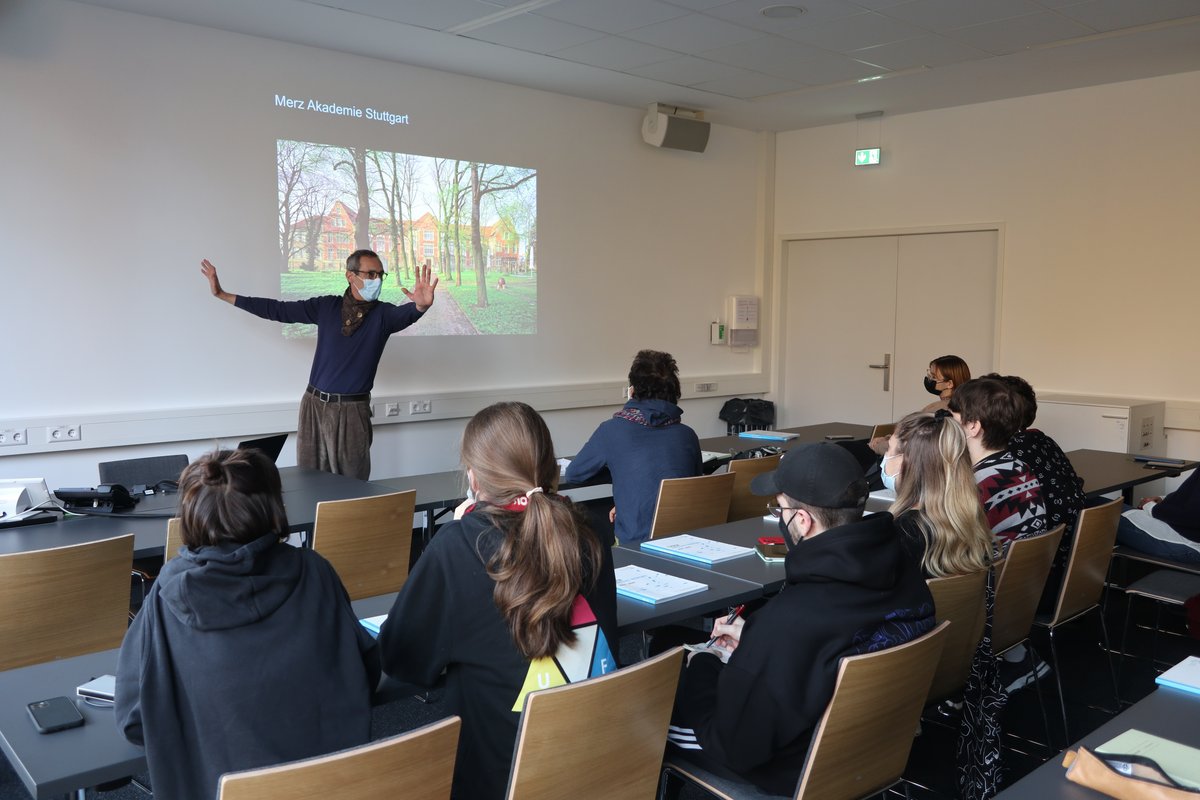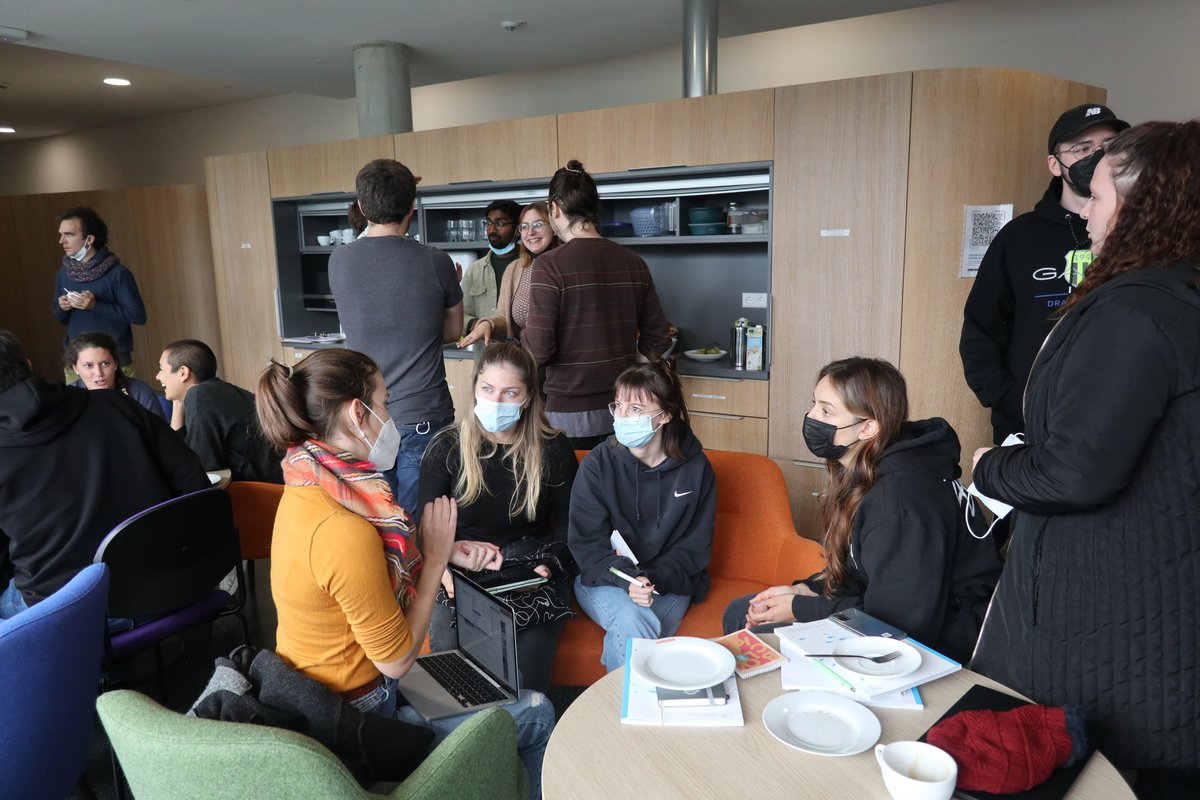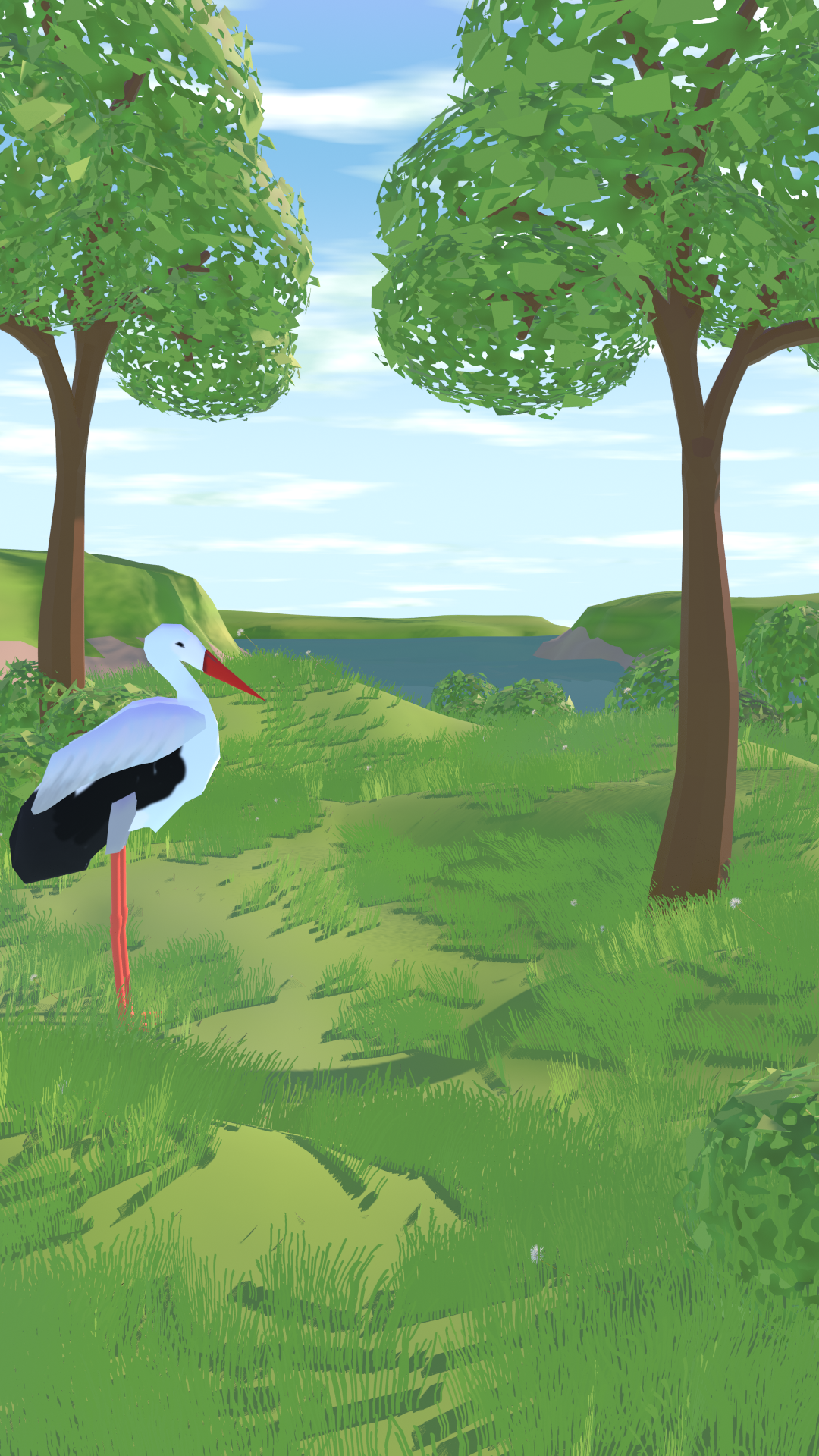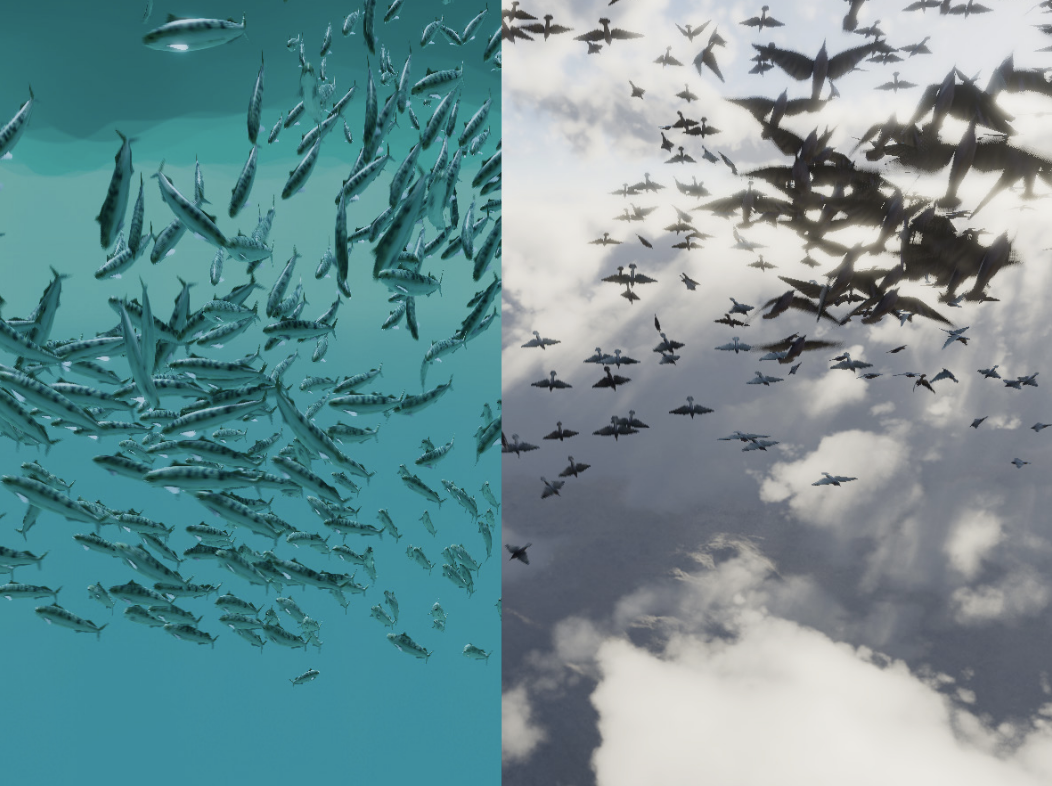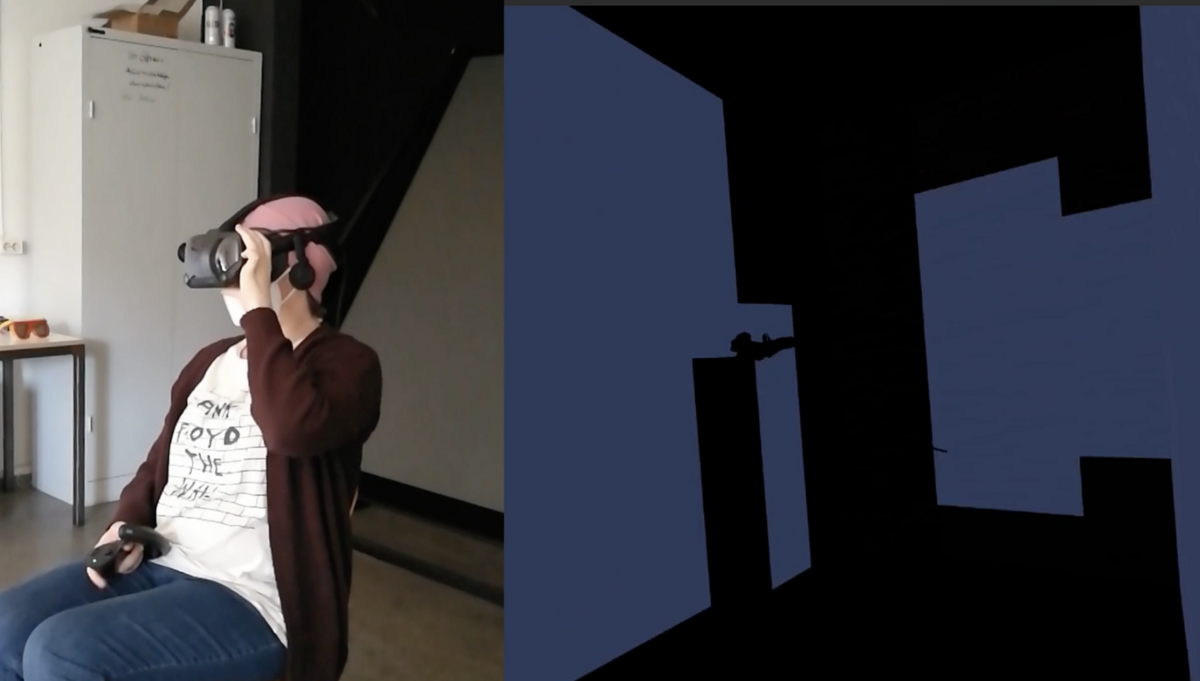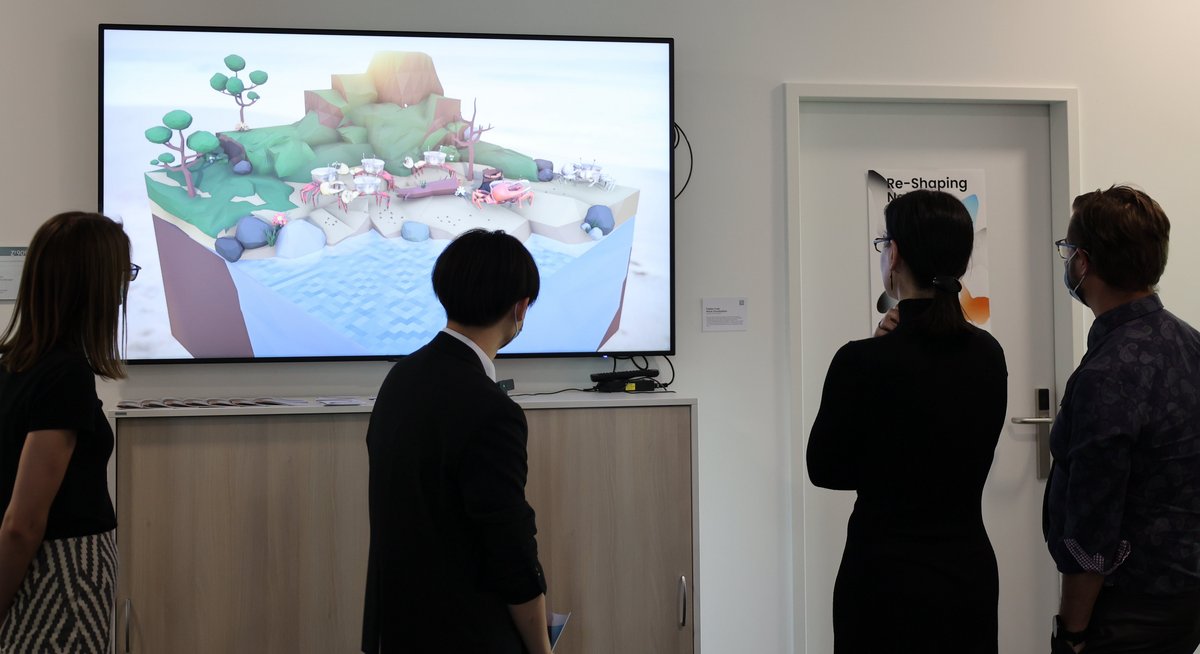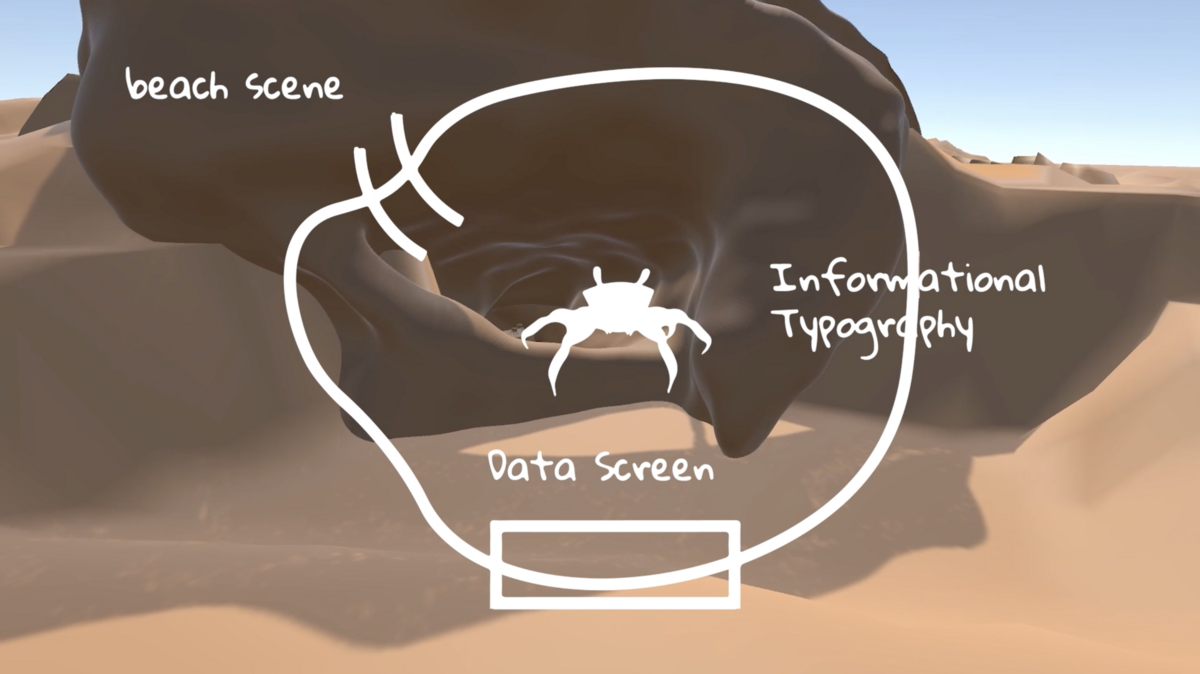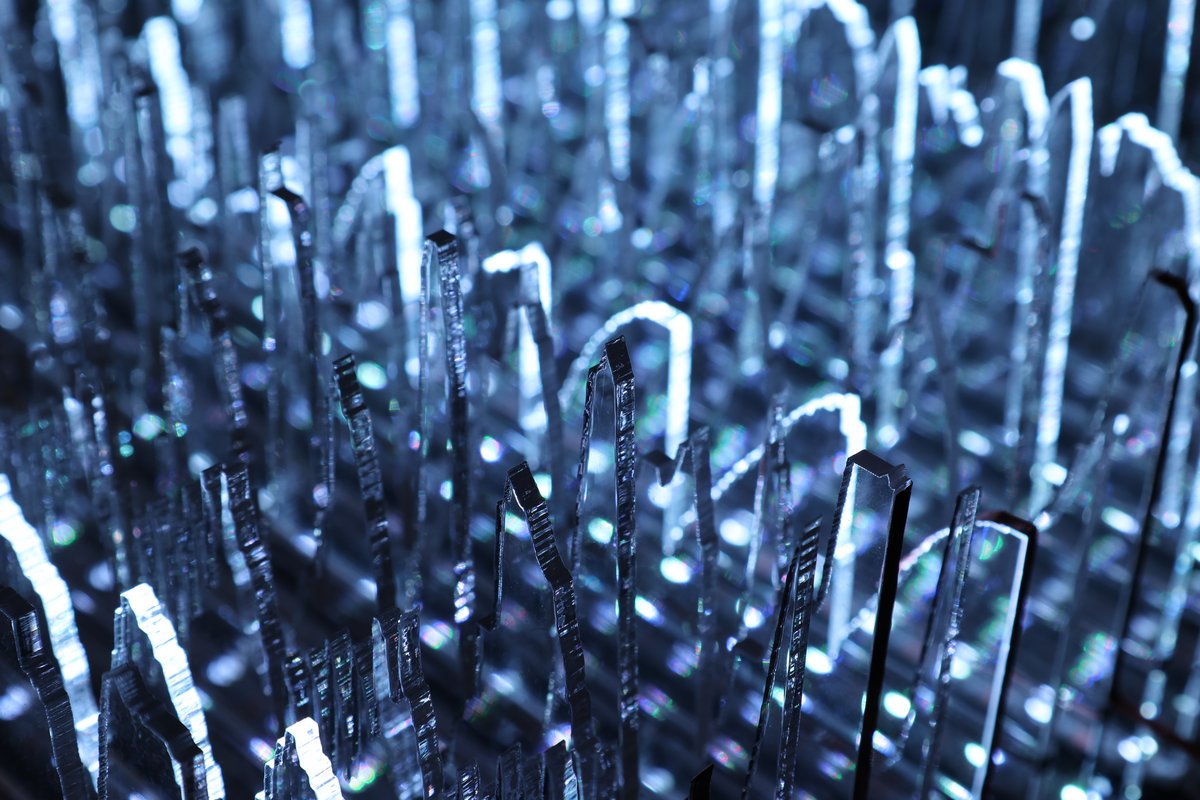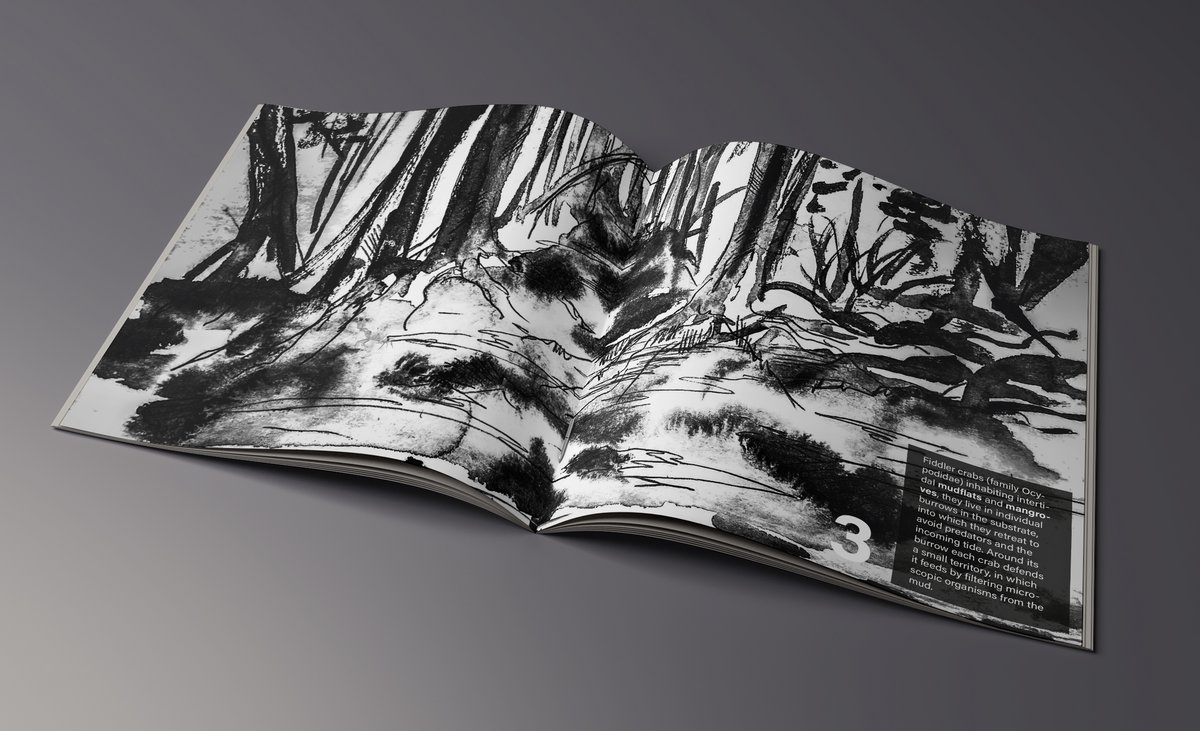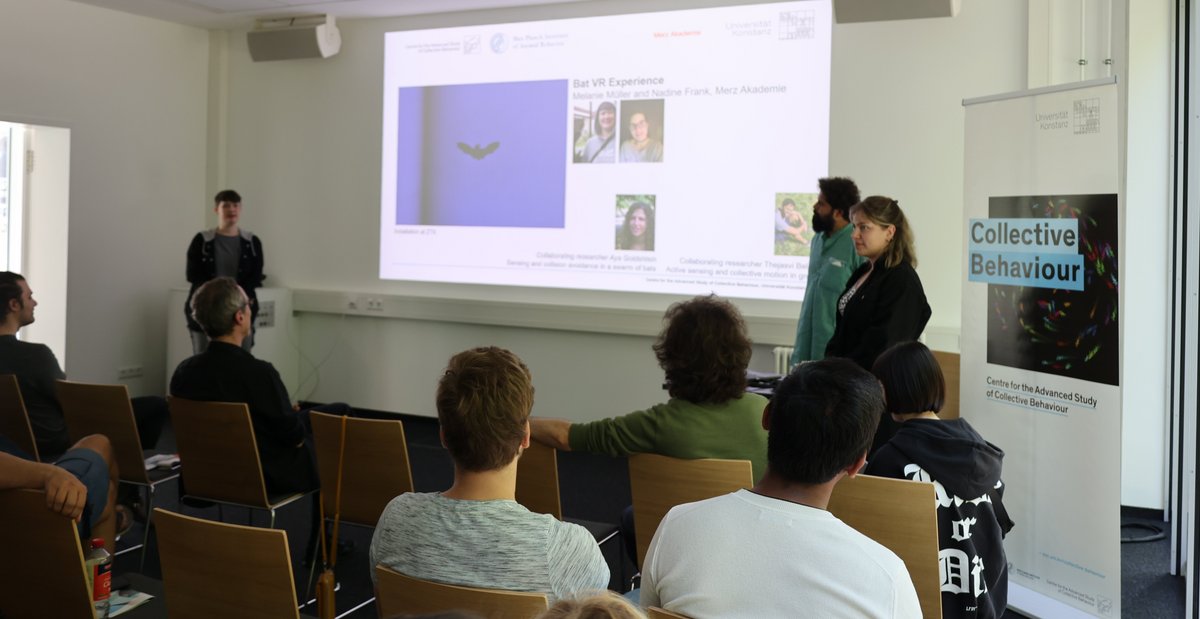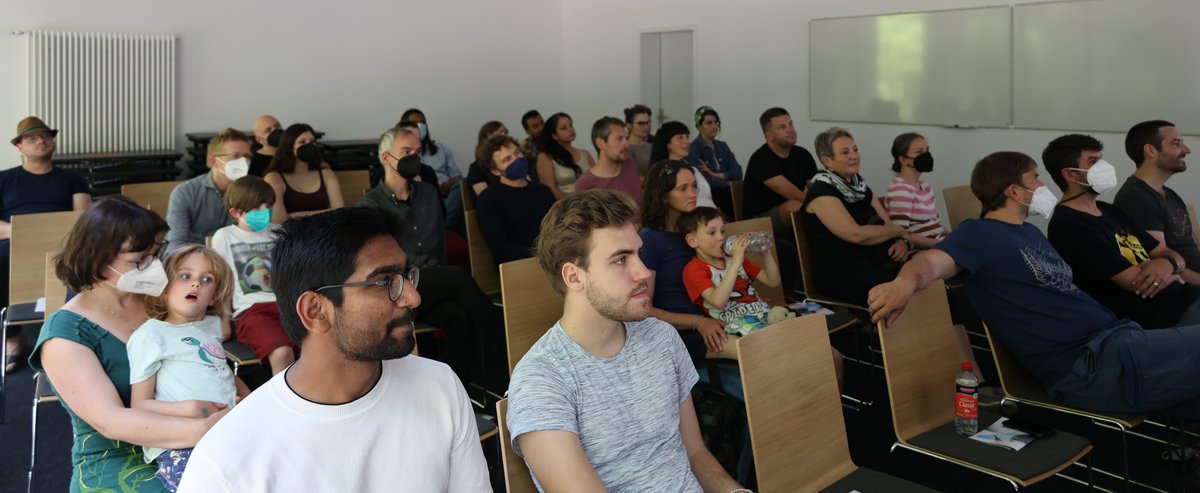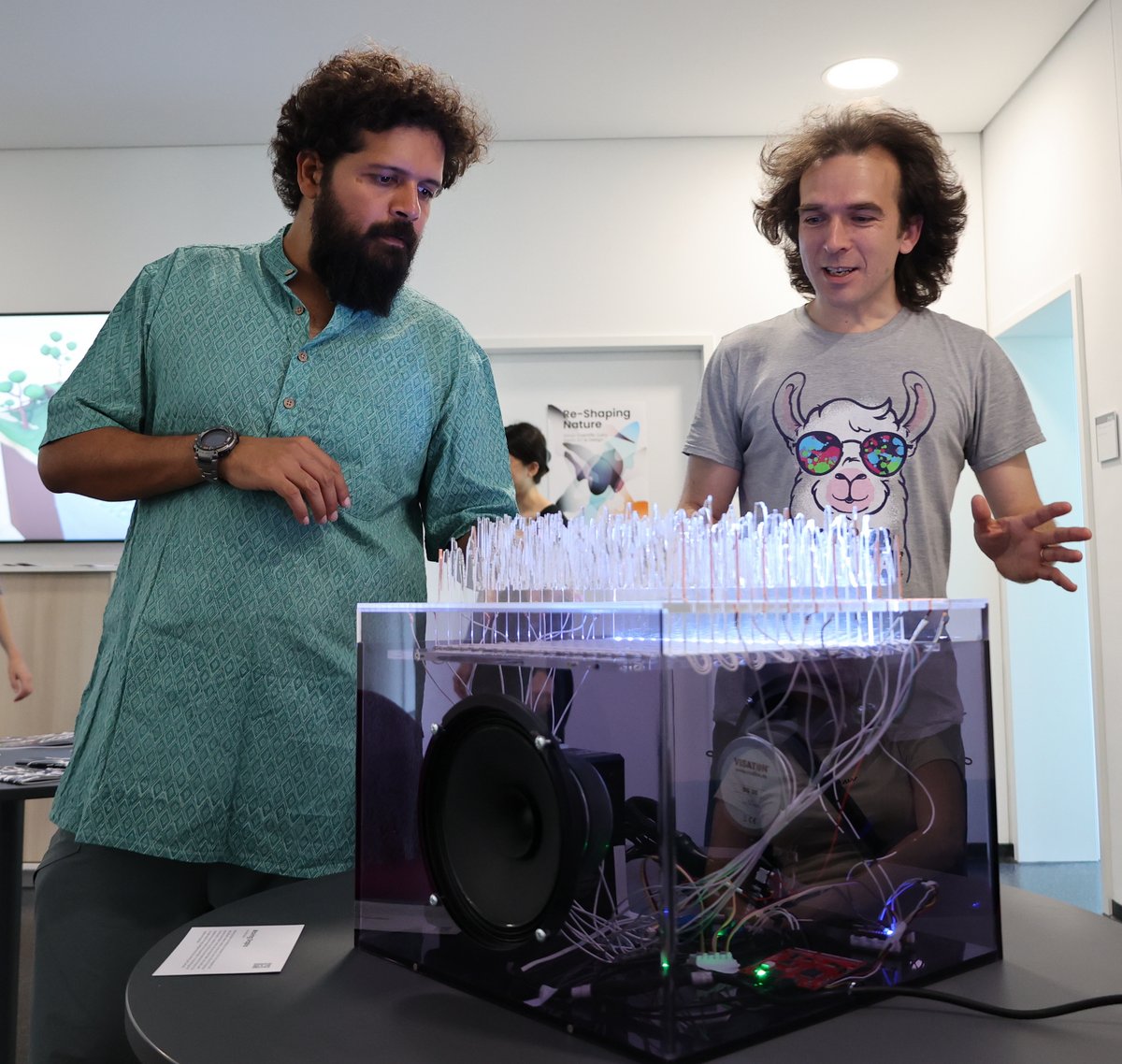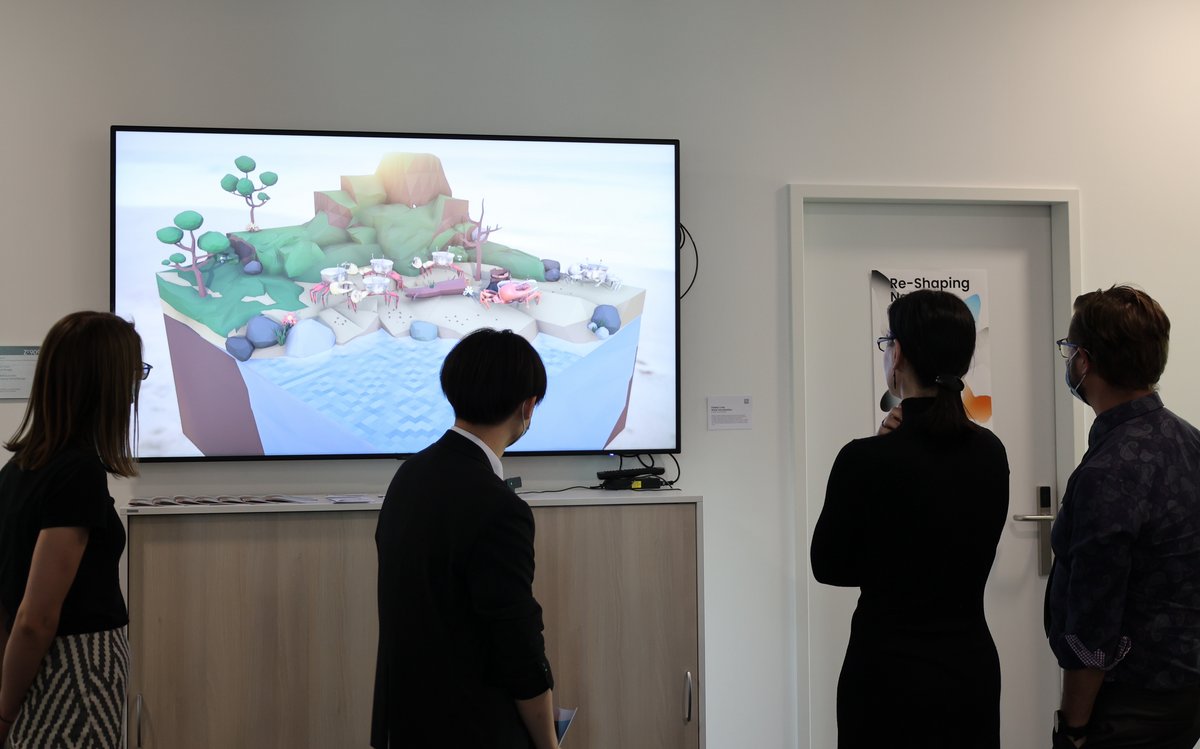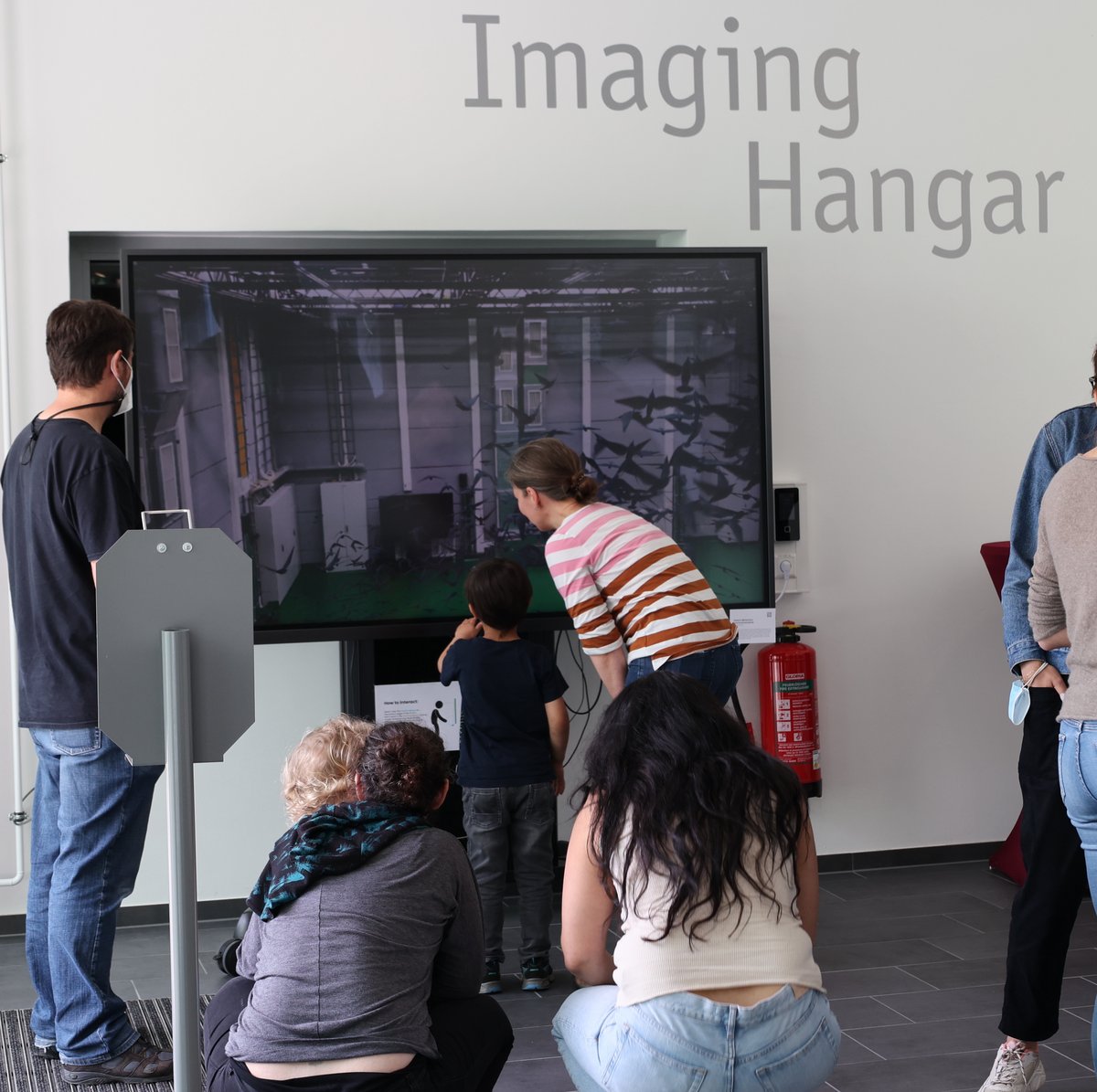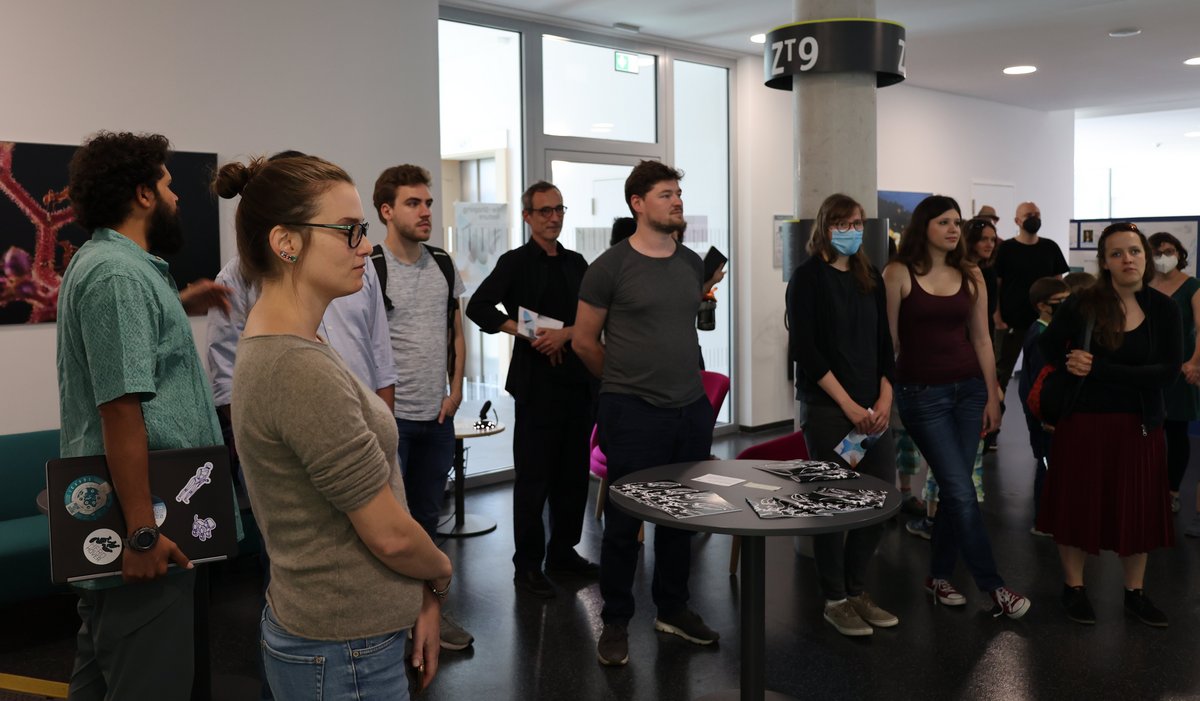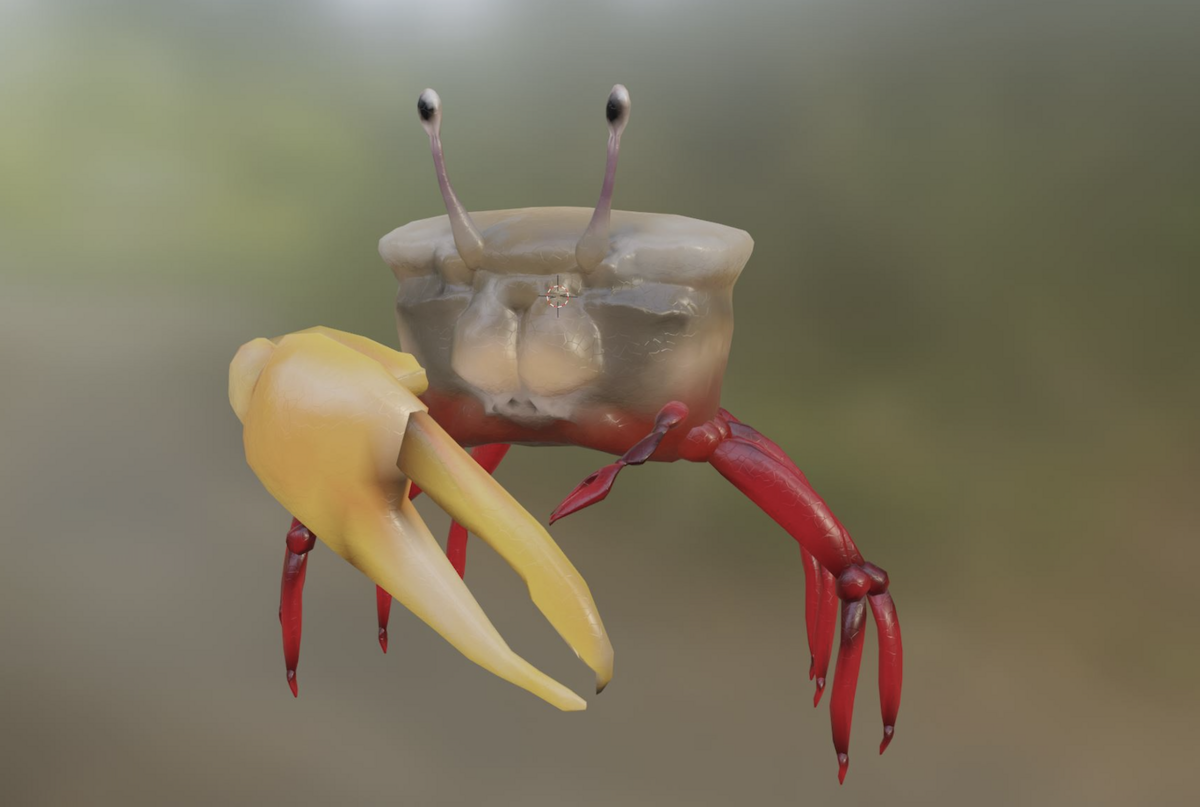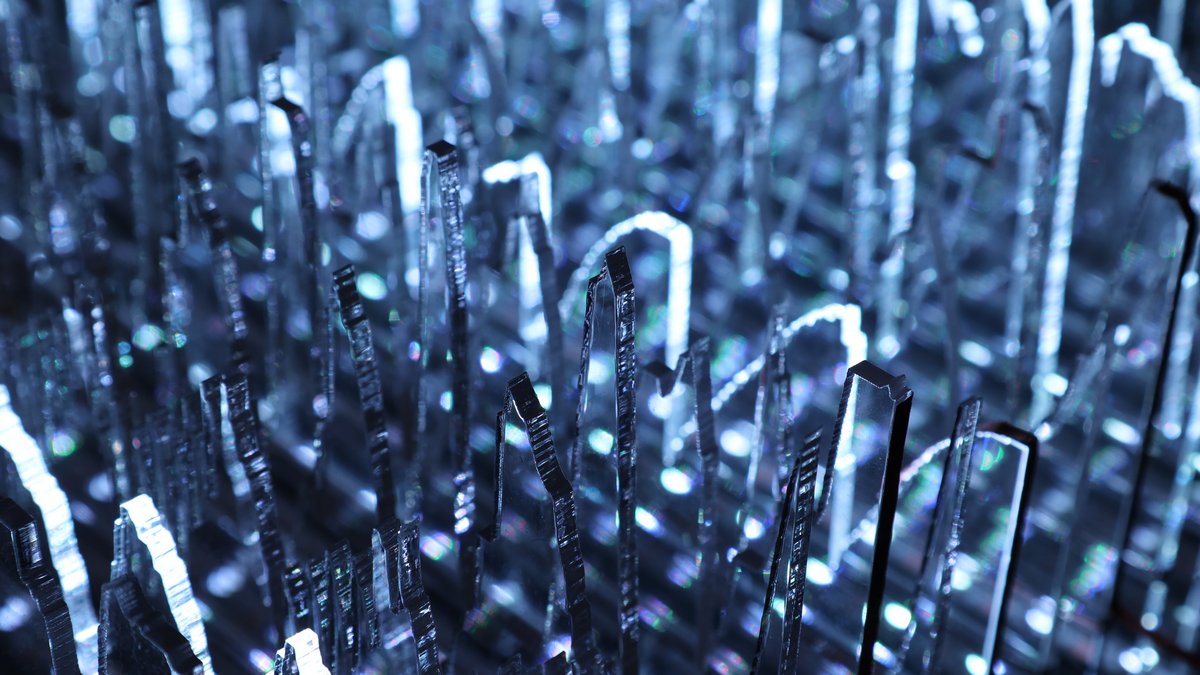
Re-Shaping Nature
Scientific data meets Art and Design
Have you ever wondered how experimental data can be turned into art? The Centre for the Advanced Study of Collective Behaviour (CASCB) and the Max Planck Institute of Animal Behavior (MPI-AB) collaborated with the Merz Akademie on a sci-art project called “Re-Shaping Nature”. Now we are displaying the outcome of the partnership in an art exhibition at the CASCB.
The focus was on data visualization. Together with nine students from the Merz Akadmie, members of the CASCB and the MPI-AB participated in a semester-long course led by Mario Doulis and Jörg Frohnmayer, which took place during the winter semester 2021/2022. The intention of the course was to bring young students from arts and design in contact with scientists working at the CASCB and the MPI-AB. CASCB member Hemal Naik was responsible for initiating the project: “For me, art and science represent two sides of the same coin. Artists and scientists have much to learn from each other’s perspectives and methods. We wanted to create a platform for both parties to interact with each other and work together. This initiative helped both researchers and art students to explore a new perspective or add a new flavour to their own work.”
Gaining insights into each other’s work
The kick-off event was a two-day visit to the MPI-AB in Möggingen and the University of Konstanz, with the focus on gaining insights into each other’s work and establishing connections between Merz students and CASCB and MPI-AB researchers. “This truly is an inspiring approach to have an interdisciplinary exchange,” says Jörg Frohnmayer, research associate at the Merz Akademie. He appreciated getting a more detailed insight into a broad variety of research topics because “it encouraged art and design students to dig into 'real research data' and it gave researchers an insight into artistic approaches for visualization.” His colleague Mario Doulis, professor and head of the New Media Department at the Merz Akademie adds: “I know from my own experience as a design student doing an internship at Fraunhofer IAO how important it is to meet the people you work with in their working environment. During our visit, we could not only talk with the researchers directly about their work, we also got an impression of how a researcher's workday looks like. On the one hand, they work on completely different topics compared to designers or artists, on the other hand they are – what a surprise – people like you and I...”
Artistic twist
The students used datasets from behaviour experiments and gave the data an artistic twist. They visualized, for example, a stork’s journey, the mating behaviour of fiddler crabs or the echolocation of bats. MPI-AB postdoctoral researcher Daniela Perez thinks that “widely sharing scientific discoveries and data is a central, if not the most important, part of science.” She shared her fiddler crab data because “the opportunity to get my science portrayed by artists is just too good to miss.” She is excited to see what these young inspiring artists will create with her fiddler crab data. She says: “I spent almost ten years studying fiddler crabs, and now I am transitioning to worms. This partnership with the Merz Akademie is a beautiful tribute to all those years dedicated to fiddler crab research.”
Project Results
How the collaboration came about
The collaboration began with a coincidental meeting between Hemal Naik and Maren Schmol, director of the Merz Akademie, in India. Naik suggested the idea of collaborating with art institutes or artists in order to create sustainable outreach programmes for science communication. The idea was presented to Frohnmayer and Doulis at the Merz Akademie as well as several members of the University of Konstanz and the MPI-AB (including Falk Schreiber and Martin Wikelski) during a brainstorming meeting in the summer of 2019. Having gained initial support, Naik and Frohnmayer decided to work together and organized three courses between 2019 and 2020 to test the feasibility of such collaborations. The results are the projects 3D Data Storytelling, Fly like a Stork and Fly like a Starling.
“Several members of the MPI-AB and the CASCB showed interest and shared their data and insights,” says Naik. “Finally, in 2021 we decided to go beyond concept and prototype development. That is why we organized the course with the concrete plan of setting up exhibitions of the artwork at the CASCB.”
Vernissage and exhibition
On Friday, 13 May 2022, we invited the public to the vernissage. On Saturday, 14 May 2022, the exhibition was displayed to the public during the Science Night in Konstanz (Lange Nacht der Wissenschaft) and several groups from the uni and beyond visited the exhibition on the CASCB floor.
Further expositions
- Jan-Filip Kvrgic: Swarm Behaviour & Environments at the FMX – Conference on Animation, Effects, Games and Immersive Media 2022
- Re-Shaping Nature @Wissenschaftsfestival Stuttgart
Involved People
Course leader: Mario Doulis and Jörg Frohnmayer - Merz Akademie
Course concept: Mario Doulis, Jörg Frohnmayer and Hemal Naik (MPI AB and CASCB Affiliate)
Students from Merz Akademie: Nadine Frank, Vivienne Jahn, Isabel Kohlhagen, Jan-Filip Kvrgic, Paul Mignot, Melanie Müller, Felina Russ, Victoria Scheible
Researchers from MPI AB and CASCB who provided data for the art projects: Angela Albi: Fish project, Thejasvi Beleyur: Bat project, Daniel Calovi: Fish project, Andrea Flack: Stork project, Aya Goldshtein: Bat project, Daniela Perez: Fiddler crab projects
Organisation and communication: Bhargav Solanki, Elisabeth Böker

